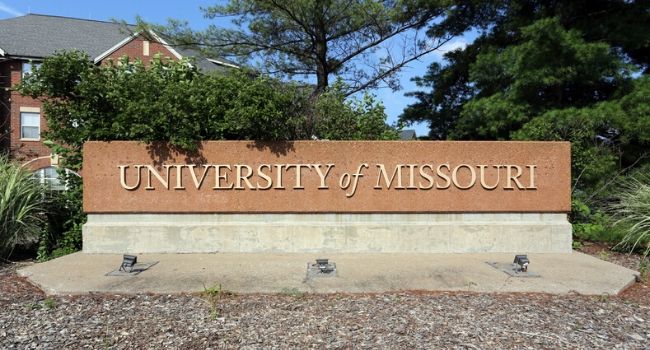
University of Missouri Adopts Student Tracking App For Class Attendance, Worrying Privacy Advocates
Similar technology is already widely in use by other universities to track students’ locations when they arrive for class.
- By Haley Samsel
- January 28, 2020
In an effort to track student attendance, the University of Missouri announced it would track all new students this semester through an app on their phones that will know if they are physically in class.
While the university says the program has worked in the past to improve academic performance among student-athletes, privacy advocates worry about how the app, called Spotter, could be used for other purposes, including identifying students who attend protests on campus.
The app works by using short-range phone sensors and campus WiFi networks, according to the Associated Press. Students’ phones ping off a beacon in the classroom when they arrive for class, and the app notifies students that they are not being counted as present so they can turn on Bluetooth on their phone.
Every student is notified that they are being monitored after their professors volunteered to be part of the program, according to Jim Spain, the vice provost for undergraduate studies. Similar apps have been deployed at other universities, including Duke University, the University of North Carolina and Syracuse University, according to the AP.
“It's the way of leveraging technology to provide us with timely information," Spain said. "It has been proven that class attendance and student success are linked."
Sara Baker, the policy director for the American Civil Liberties Union of Missouri, said she was concerned that the programs could be used to monitor students at different points, and that there could be issues with cybersecurity and who has access to the data about student locations.
“We have deep privacy concerns about this," Baker told the AP. "Any time you use surveillance technology, the question always is: who is watching the watcher?"
Officials at Mizzou maintain that the app is not invasive because it does not track students’ locations if they are not in class thanks to the beacons. In addition, officials believe that attaching accountability measures to missing class will lead to better attendance and grade point averages.
About the Author
Haley Samsel is an Associate Content Editor for the Infrastructure Solutions Group at 1105 Media.